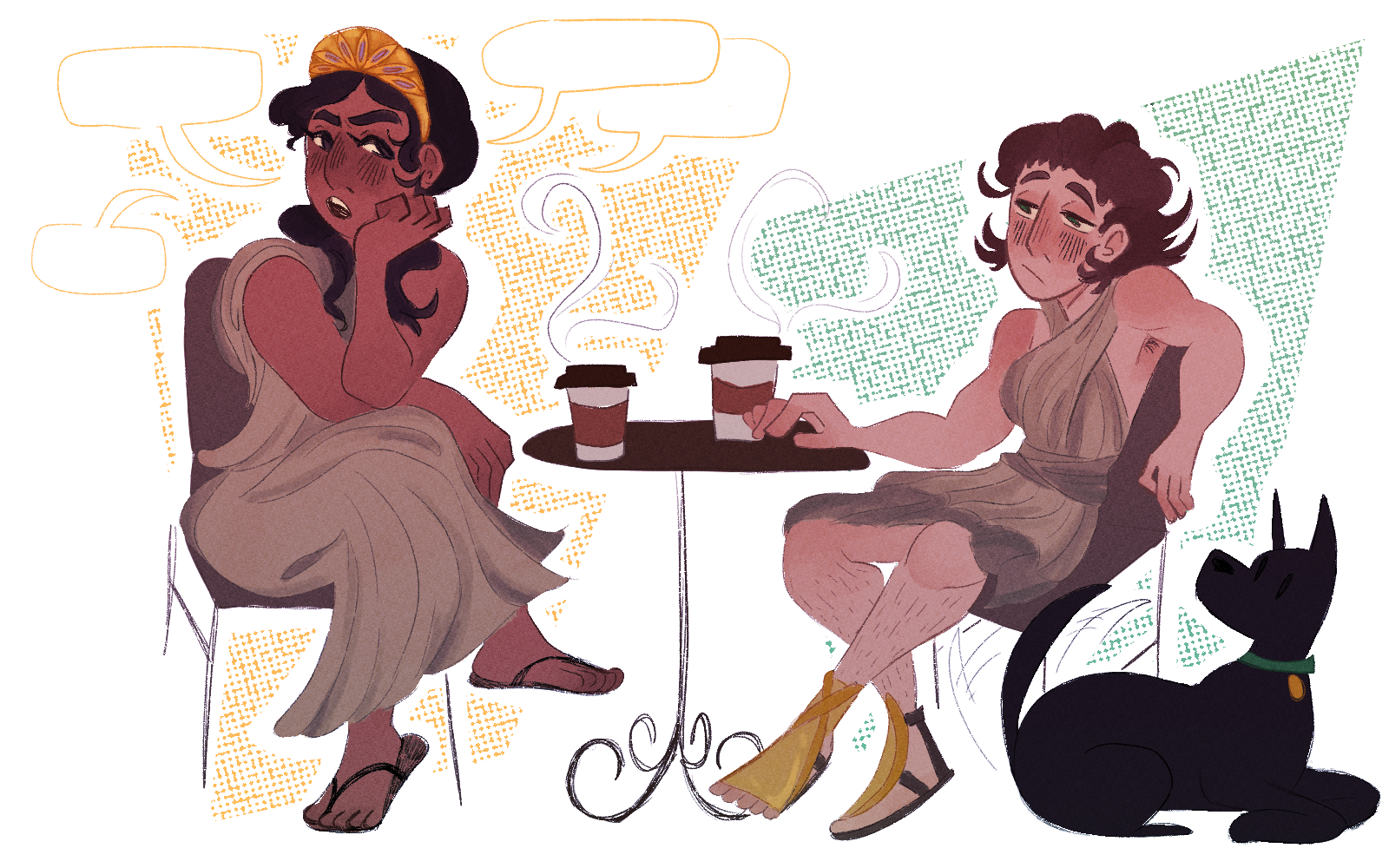This week’s features: the Huntress and the Queen.
In honour of International Women’s month, I wanted to look at the seven Female Archetypes: the Queen, the Huntress, the Maiden, the Mother, the Sage, the Mystic, and the Lover. The concept of archetypes first came from Carl Jung, a Swiss psychiatrist—though he created the concept, he didn’t actually establish the female archetypes. All of the credit goes to Jean Shinoda Bolen, who coined the term.
As much as we try to not put people into strict boxes, it’s always interesting to feel some sort of untold connection to other women. Personally, I’m a bit wary of anything of this sort (who knows how accurate they actually are), but it makes for a fun little research project.
Now, what better month than March to look into these archetypes? Every week for the rest of the month I’ll delve into two or three of the seven. It might seem like ‘highfalutin mumbo jumbo’ but maybe getting to know these archetypes and channeling your connection with them could help you understand yourself, your personality, and what energy you embody a bit more. Just stick with me.
The Queen
First up, we’ve got the Queen, the embodiment of feminine power. As it may be obvious, she is able to attract the finer things in life for herself as an automatic leader. Elegance, regality, and grace are some words she personifies, and she is constantly building herself up to be the best version of herself. Take Princess Catherine, for example; she carries herself with a certain dignity and elegance, not to mention regality. The Queen channels confidence and poise, and allies herself with like-minded people of substance.
The Queen archetype is one that many women aspire to embody, but it’s also important to remember that every archetype or personality has its own flaws.
That being said, the Queen can be prone to arrogance and a sense of entitlement.; even the best of us suffer from putting an act on to mask an insecurity. They can also be easily threatened by other women.
For a bit of perspective, in mythology Hera, Juno, Frigg, Isis, Parvati, or Asherah are great examples of the Queen archetype. They take charge, protect, and are loyal. Some real life examples include the lovely Nancy Reagan, Beyoncé, or (though not actually real) Miranda Priestly from “The Devil Wears Prada.” Each of these women have had problems thrown at them that they dealt with grace; yet, as seen with Ms. Priestly, your power can inevitably get the better of you.
The Huntress
She is independent, she is ambitious… she is the Huntress and lives life on her own terms. Self-reliant with the mission of pursuing her goals, she has a strong and autonomous nature with a desire to be the dominant figure in the room. The Huntress, or the Wild Woman Archetype, is strong, independent, and seeks out her freedom, which is of the utmost importance to her. The trademark for this one is autonomy, and choosing your own path in life without influence from others.
If you need to feel protected, channel your inner Huntress—it is she who will make you feel protected. If you’re striving towards a certain goal, she’s got you. I think that during the suffragette movements, all of those women were channeling their inner Huntress, but limited to the positive aspects of this type.
The cons of being the Huntress is usually the belief that she can do it all by herself, and her refusal to seek help from others. The Huntress fears vulnerability, and can sometimes shut herself off in order to cope alone (I think we’ve all been there).
Some examples of the Huntress archetype include Lady Gaga, Wonder Woman, Tauriel from The Hobbit, and in myth, Diana, Artemis, Ishtar, or Oya. The goal-driven and self-sufficient archetype is a force to be reckoned with. If this is the one you want to embody but don’t know where to begin, put on a face: pretend you’re acting and the part is of someone independent who does not shy away from achieving their goals because they know that they’ll achieve them no matter what.
At the risk of sounding like a horoscope prediction on the back page of a newspaper, check in next week for a breakdown of two more archetypes!
